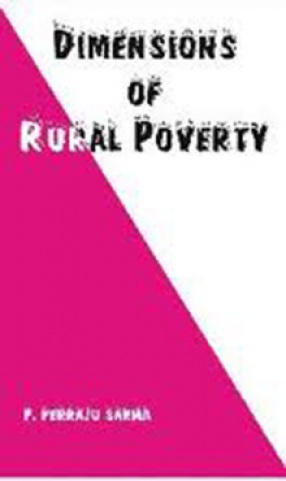This book, on interlocking dimensions of poverty based on an intensive study of a developed region in Andhra Pradesh, is an attempt to study the genesis, development, and manifestations of poverty of agricultural labour households. Its uniqueness lies in its coverage of temporal, generational, and asset dimensions of poverty of the sample households. While observing improvements like lower incidence of income poverty, higher literacy among younger age-groups, a favourable attitude to family planning, a decline in infant mortality when studied by the age-group of mothers, and less vulnerability to pressures, the study well records widespread prevalence of asset poverty (both physical and human) and continuing in-mobility into agricultural labour class. The author makes a strong plea for stopping in-mobility into agricultural labour class, while encouraging out-mobility from it with the help of large scale public intervention to ward-off the threat of potential poverty faced by households both living below and above the poverty line. The book will be interest to all those concerned with or interested in the socio-economic well-being of the poorest of the poor in the rural areas.
Contents: 1. Poverty: Concepts, Causes and Inter-Relationships. 2. Poverty of Agricultural Labouring Class In India. 3. Purpose, Scope and Methodology of the Study. 4. Socio-Economic Characteristics of the Selected Households. 5. Temporal and Generational Dimensions of Poverty. 6. Assets and Indebtedness of Selected Households. 7. Correlation and Regression Analysis: Selected Variables. 8. Conclusions and Policy Implications.





There are no reviews yet.